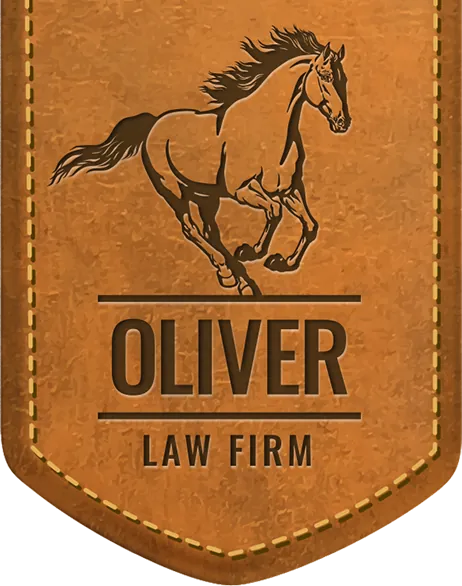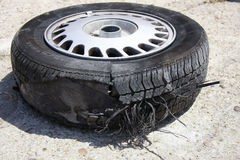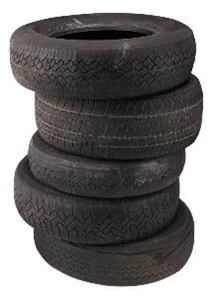This is the second and final blog in a 2-part series discussing Benjamin Baker’s Tire Litigation: a primer. The first half of this series covered the first two chapters of the book, which provide an introduction into the world of tire litigation and reveals the basics of litigating a tire defect case. This blog will examine the remaining two chapters, which list the common issues giving rise to litigation and the typical defenses used by manufacturers when responding to claims of defective tires.
The third chapter of Baker’s book is a somewhat lengthy, yet purposefully superficial catalog of the common issues giving rist to litigation, including design defects, manufacturing defects, warning defects, vehicle handling issues, importer liability, tire aging, and retailer liability.
First, design and manufacturing defects are failures by tire manufacturers during the production stage to construct an adequate tire with the market’s acceptable margin of safety for forseeable service conditions. Such defects are oftentimes the result of manufacturers opting to sacrifice the durability and safety of their tires in favor of cutting costs by using subpar materials, apathetic manufacturing specifications, and lack of quality control in the manufacturing process.
Next, other common issues include warning defects along with tire aging, which can create catastrophes when maufacturers and/or retailers fail to inform consumers of the likelihood of a tread belt separation or the age limitation associated with tires.
Finally, the remaining issues enumerated by Baker are vehicle handling issues, importer liability, and retailer liability. These issues are key factors when determining with which party liability lies after an accident has occurred. A manufacturer charged with producing defective tires may attempt to shift the liability to the consumer by alleging that the consumer handled her vehicle in such an improper manner to cause the accident. Other potential defendants, which consumers make seek to recover from include importers, which have a duty to inspect the quality of the products they import regardless if they manufactured the products, and retailers, which may be held liable if they fail to advise a consumer to replace tires when her tires are clearly older than the industry standard.
Chapter 4 is a short, succinct discussion of the typical defenses raised by manufacturers when facing a claim of defective tires. The listed defenses include several issues discussed previously in Chapter 3, such as: improper maintenance, improper repairs, and driver actions. Additionally, the list includes specific defenses, under inflation of the tires and overloading or exceeding the tires’ weight capacity, that fall generally under the issues discussed in Chapter 3. Two defenses not previously discussed are impact damage and punctures. Both of these defenses are raised by manufacturers when a tire blowout is caused by, either, the tire being punctured or impacted by an object which is unavoidable.
Chapters 3 and 4 of Baker’s Tire Litigation: a primer, follow-up the introduction provided in the first two chapters by providing the reader with an in depth look at the common issues and defenses which arise in defective tire litigation in the United States. Overall, the book provides a surprisingly easy-to-read overview of a complex area of law which can be easily understood and enjoyed by anyone.
Related blog:
Book Report – Part 1 Tire Litigation: a primer by Benjamin Baker By: Ryan Scott, Trial Attorney/Chief Litigation Officer/Catastrophic Injury Division
NOTE: Oliver Law Firm has a reading program and an office library full of many great books. Our mission is to inspire, train, and mentor our work family to improve ourselves and client services.
Oliver Law Firm We’ll Take the Reins.
3606 W. Southern Hills Blvd., Suite 200, Rogers, AR 72758.
(479) 202-5200
a Free Consultation





